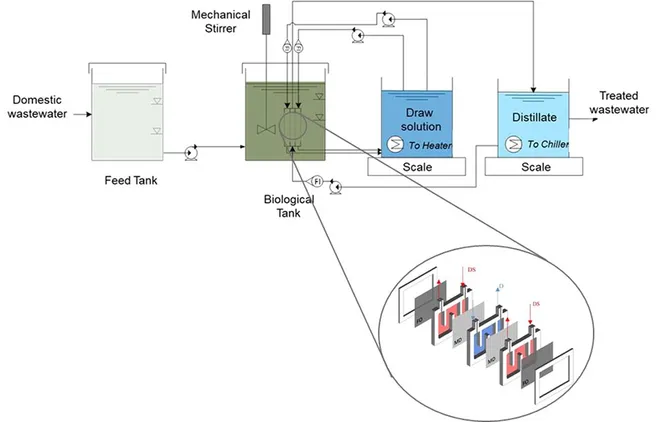Nitrous oxide (N2O) is a potent green-house gas, but has also recently been acknowledged as sustainable energy source that can intentionally be produced by bioreactor systems such as the Coupled Aerobic-anoxic Nitrous Decomposition Operation (CANDO). In this study, the application potential of a porous hollow fiber membrane contactor has been assessed at expected conditions of an operating CANDO system in shell-side liquid feed operation for N2O removal. At varying feed concentrations, liquid and gas flow rates, off-gas concentrations, removal efficiencies, trans-membrane fluxes and mass-flows have been assessed and compared to previous studies on CO2. Under the applied operational conditions, the gas flow rate had no significant effect on the results. Removal efficiencies up to 77% of the module feed load demonstrated a high application potential for the CANDO process and indicate a promising removal potential greater 90% in reference to typical initial substrate loads in an operating CANDO system. Additionally, considerably higher off-gas concentrations compared to recently published results applying conventional stripping technology of 3700 ppmv were generated reducing sweeping gas demand by 70%. The mass transfer was dominated by the superficial velocity on the liquid side and its behavior could be well described by Sherwood correlations. However, previously published mass transfer correlations over-estimated the results. Hence, a more appropriate correlation is presented to describe the observations of this study.
